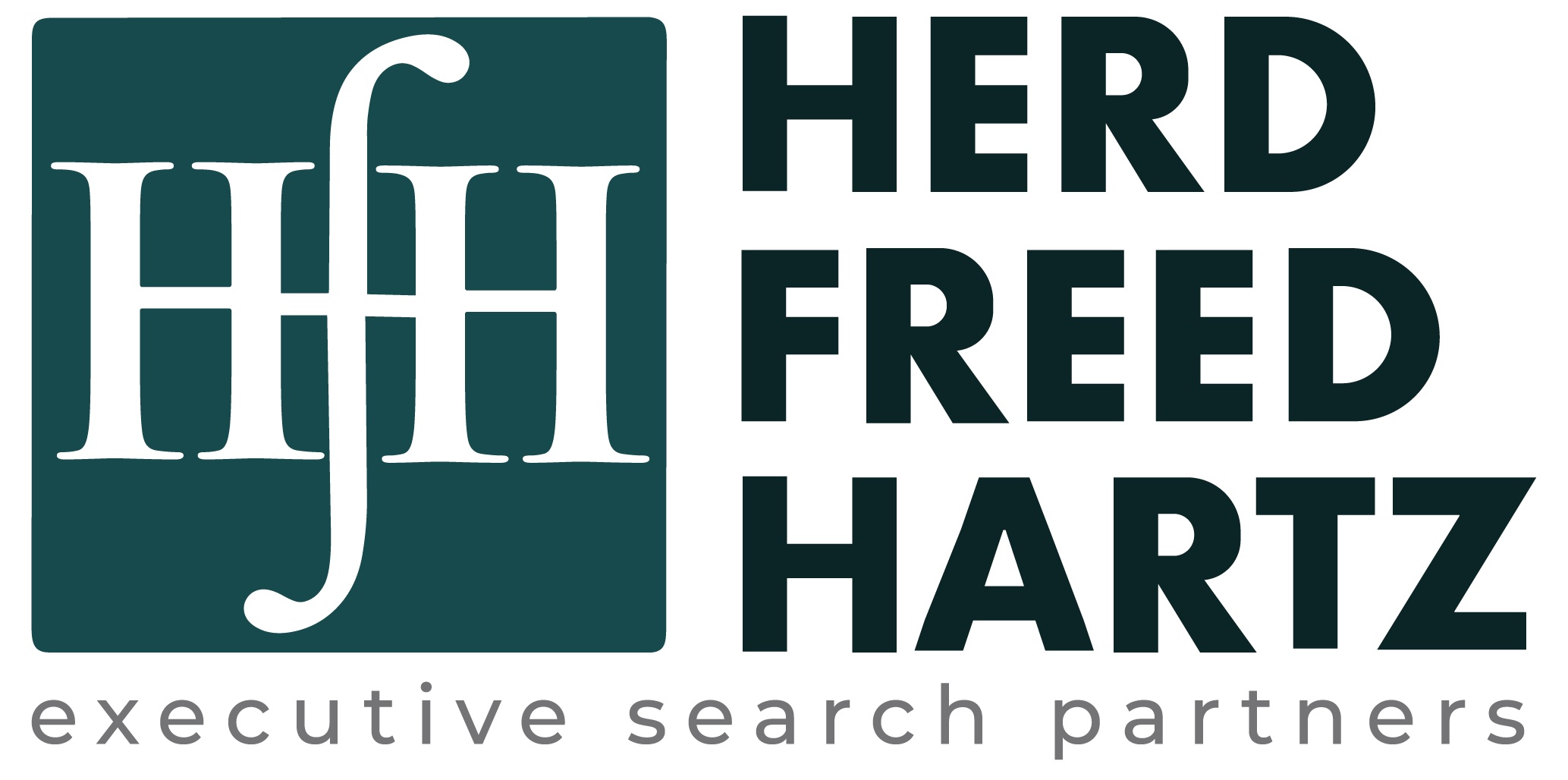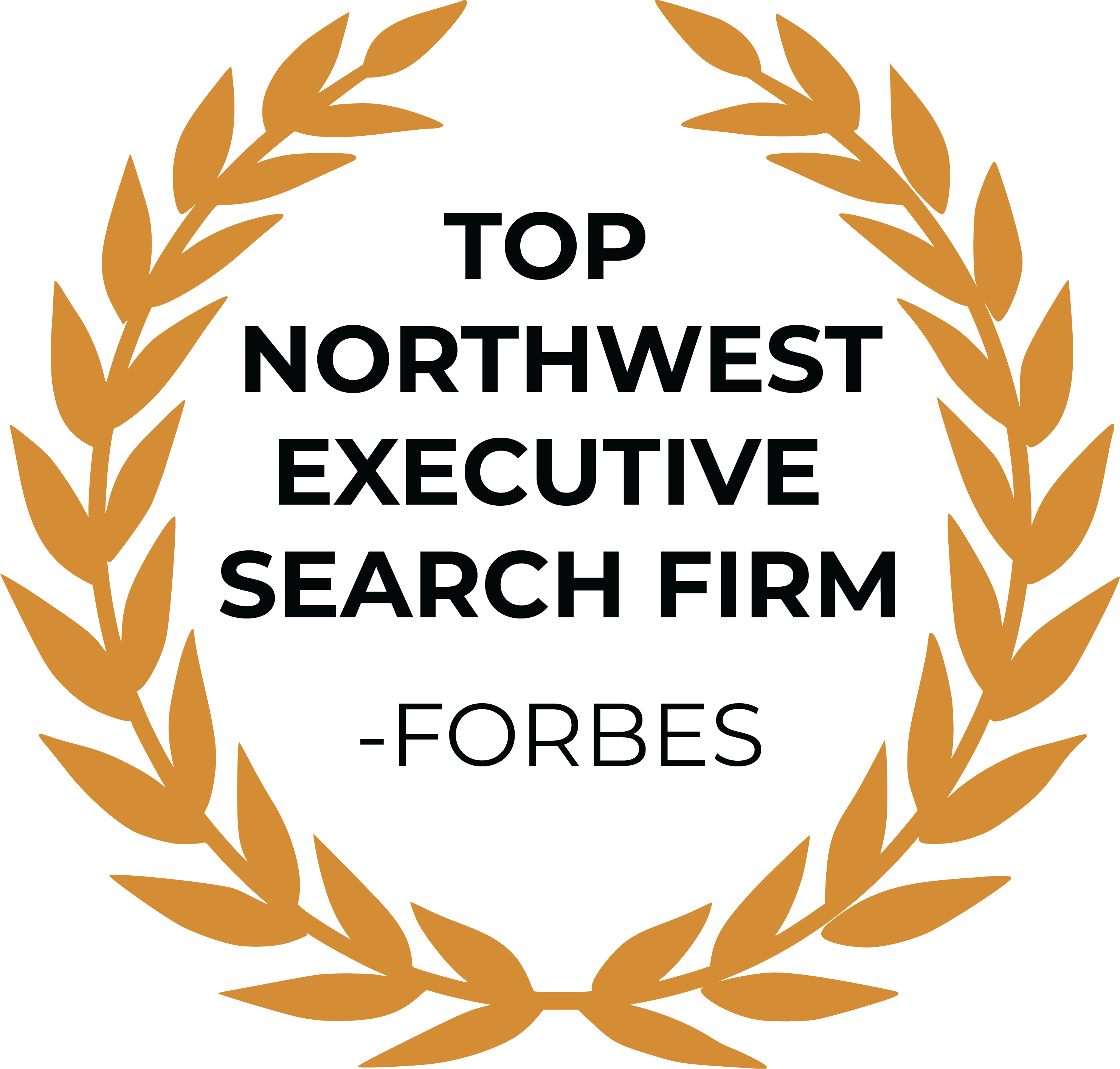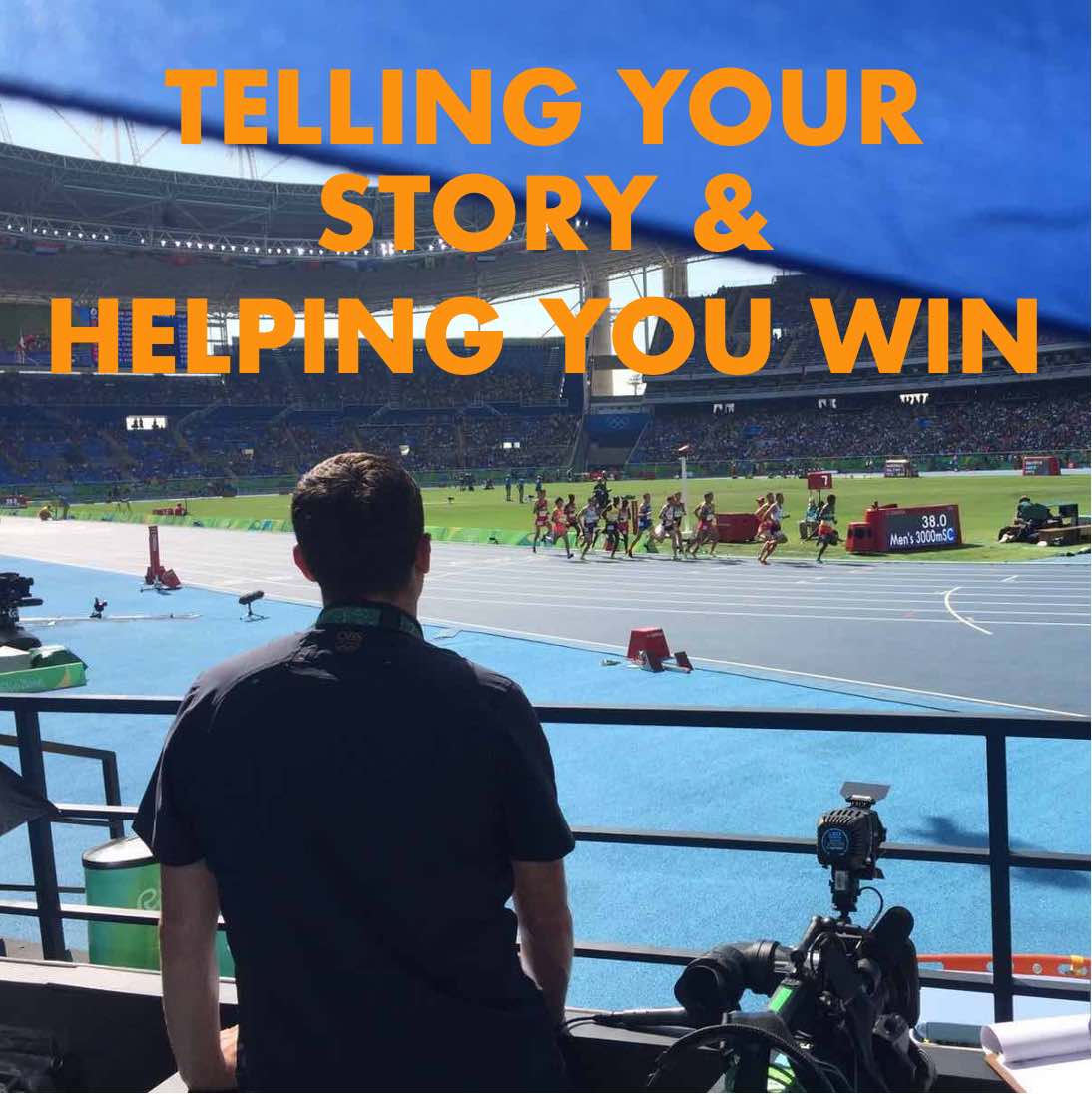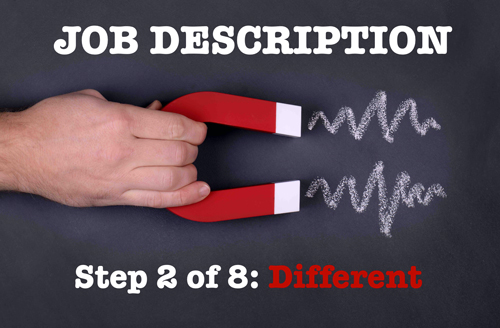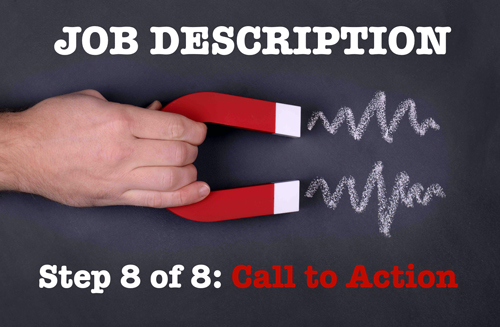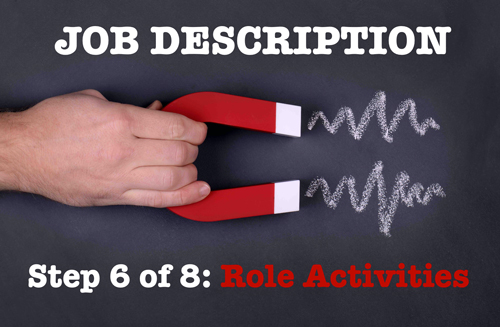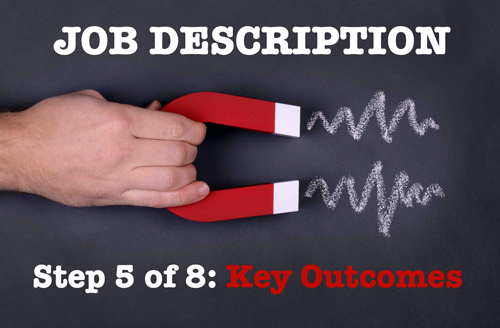Olympic Reflections #6: Meeting Matthew
by Ross Fletcher, Director
Herd Freed Hartz – Executive Search
Olympic Reflections and lessons learned for recruiting
I was fortunate to work at seven Olympic Games (and a few Youth Olympics) during my time in broadcasting. For the duration of Paris 2024 I’m sharing a reflection a day.
One of the best bits about creating content at the Olympics was the opportunity to tell stories that you never set out to. Sometimes you really had to dig to find the right story. Other times, like in Rio de Janeiro in 2016, an Oscar-winning Hollywood A-lister would just turn up in your work zone and ask to hang out with you for a couple of days. Honestly…
The location was Deodoro Stadium. A functional, temporary construction on the fringes of a dangerous favela, an hour outside of central Rio. This unglamorous setting was my work home for the first nine days of the Rio Olympics, where I’d be the pitchside reporter at the Rugby Sevens competition. My job was well defined – watch six games of rugby union a day and interview the key players after the final whistle. But as a journalist, you were always keeping an eye on what else was happening around you.
A couple of days in and everything was pretty routine until the USA men showed up to play. It was early in the game when I noticed something odd. There was a handsome, vaguely familiar guy dressed in USA team clothing with a backpack on and by himself. He was leaning on the end of the American coaches’ bench but looked like he didn’t belong. A few moments later my colleague, a delightful French lady in charge of that area, went over and checked his credentials. There was obviously a problem. I pointed it out to Adam, my camera operator, who said “hang on a minute, I think I know who that is.”
“Who?” I asked.
“It looks like Matthew McConaughey“, he said.
“What do you mean Matthew McConaughey? As in the Hollywood actor Matthew McConaughey? What do you think he’s doing all the way out here?“
We found out soon enough. My colleague escorted him away from the team bench and over to the media row, where we were standing in our ten-by-ten foot pen as part of a long line of international broadcasters. As he got closer, the crowd started to catch on, as did the rest of the assembled media. As we were all staring slightly open-mouthed, my colleague marched him straight to my area.
“Ross this gentleman would like to watch the rugby but he does not want to sit in the stands on his own. He is a VIP but can’t be over by the coaching staff. Will you let him stay with you for a little while?” said my French colleague, with eyebrows raised and in her most charming Parisienne accent.
I couldn’t really say no could I?
“Hi I’m Matthew” said Matthew, the Oscar-winning Hollywood A-lister. Play it cool Ross. I said hi in the most casual voice I could muster, as the envious eyes of my international colleagues glared straight at me, wondering how they weren’t the ones to have this opportunity fall into their laps.
It turned out that McConaughey had arrived in Rio to enjoy the Games as a spectator, along with his Brazilian-born wife. He’d come alone to the rugby as he was fascinated by it while filming a movie in South Africa years back. So we spent a few surreal hours watching the games and making small talk – about movies and sports, life in America and on the road, stopping at the end of the contests so I could do my actual day job.
He was a gem that day. After initially politely turning down requests from the assembled media who would gingerly walk up and request a few minutes of his time for interview, he graciously gave several of them the opportunity. At which point I called my executive producer with one of the more unusual pitches I’ve ever made.
“Hey it’s Ross. I’m honestly not making this up but I’m hanging out with Matthew McConaughey, you know, the Hollywood actor and he says he’s up for an interview. Do you want me to get something in the can?“
We did the interview, and at the end of the day’s action, McConaughey thanked me and then hit me with a request I hadn’t expected.
“I had fun today. You mind if I come hang out here with you guys again tomorrow?“
“Err, yeah, sure Matthew, you’re more than welcome to” I stammered.
Of course, there was no chance he would be back. Why would this world-famous actor traipse all the way back out to the edge of the city in heavy traffic to watch more qualification games of a sport he barely knew?
The next morning on our drive to the stadium I checked social media and McConaughey was heavily featured, as the highest profile celebrity visiting the Games. He had been spotted having dinner that night and was getting lots of online attention. In the back of my mind I couldn’t help wondering whether he really would turn up again.
Game one of the day came and went. As did game two. Then, midway through game three, I got a tap on my shoulder from behind.
“Hey“, said the man with the distinctive Texan accent. “I’m back, I brought my wife Camila too, all good if we hang out again?” Matthew asked, as his wife pecked me on both cheeks. Unbelievable. Clearly our 100 square foot pen was the hot place to be in Rio.
I hold the memories of those two days with real fondness. It is such a fun story to tell for so many reasons. Fast forward to today and I’m still using those storytelling abilities to match clients with their next great hire. That is one of the really cool parts of recruiting too – that you never know who you could be interviewing next.
#storytelling #olympics
If you liked this, you can also check out:
Olympic Reflections #1: The People
Olympic Reflections #2: Interviewing
Olympic Reflections #3: Across Sectors
Olympic Reflections #4: Resilience
Olympic Reflections #5: Fun
#olympics #executiverecruiting
